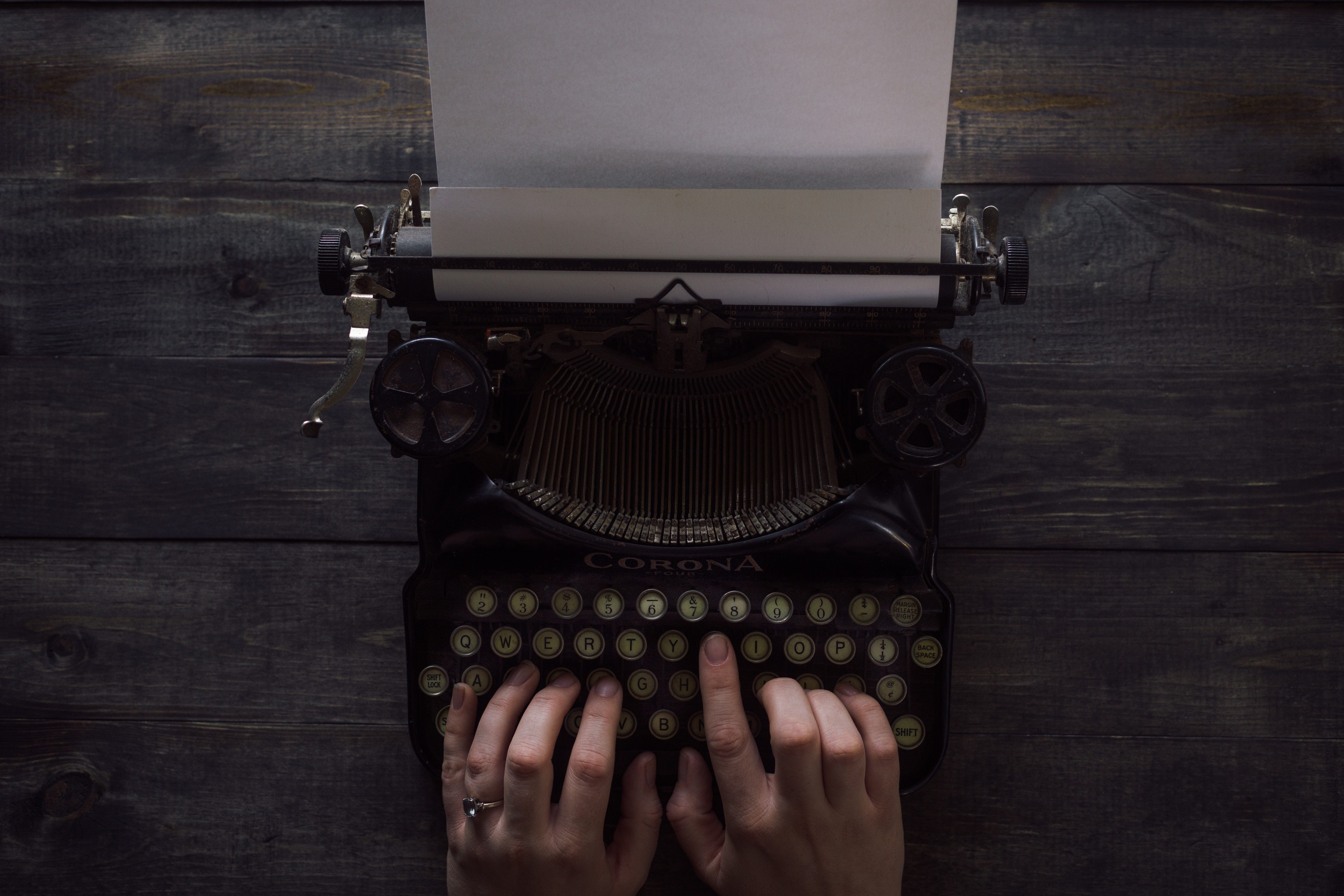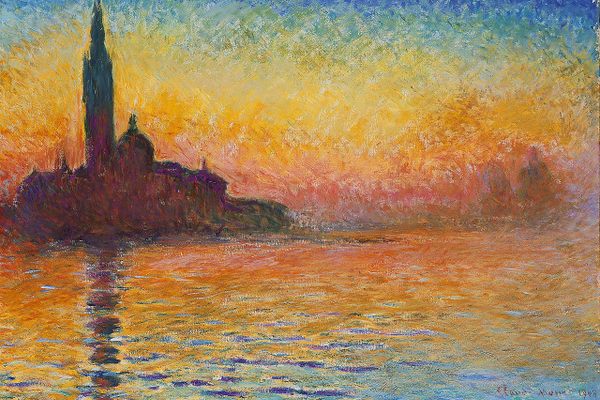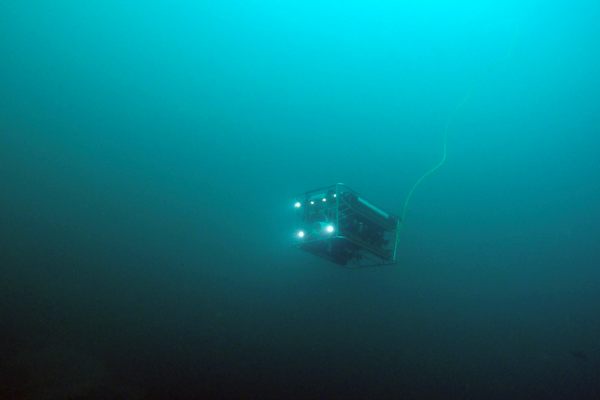The Robots Are Here to Write Poetry
But how are we going to teach them to do it well if no one can agree on what makes good verse?

For almost 200 years, humans have been outsourcing the task of writing poetry—fitting fragments of the human experience into a mosaic of thrill and despair—to machines. In addition to hammering our thoughts out on keyboards, we’ve also relinquished some of the creative process. Even though a rickety automaton or a motherboard can’t mope about love gone wrong or recall the warmth of gauzy afternoon light, they can stumble across some pretty convincing metaphors—and they’re becoming decent mimics.
Today, bots can pen sonnets, but so far, at least, computers haven’t ascended to the ranks of the literary giants. For the third consecutive year, through the Turing Tests in Creative Arts, researchers at Dartmouth’s Neukom Institute are soliciting submissions of Shakespearean or Petrarchan sonnets drafted using artificial intelligence. Prize money will go to the verse deemed most difficult to distinguish from human-made work. So far, the computer-generated stanzas haven’t duped a panel of judges that includes Pulitzer Prize–winning authors.
Maybe the AIs need a better understanding of what we look for in poetry. Taste, of course, is highly subjective, but researchers outside the AI world wanted to know if there are things that people can agree on in their appreciation of verse. There’s no single definition of “good” poetry, but a new study in the journal Psychology of Aesthetics, Creativity, and the Arts found that there are particular attributes that readers connect to.
The study authors presented 400 participants with a mix of 111 haikus and 16 sonnets, written by a diverse crop of poets dating from the 16th century and the present. The poems touched on an array of subjects, from rain-wafted floral scents to rattlesnakes to puking. Readers were asked to rate each on vividness, valence, arousal, and aesthetic appeal. (To put that less poetically: how evocative it was, whether it skewed positive or negative, how exciting it was, and how pleasurable it was to read.)
Participants disagreed on a lot, but they did prefer the most vivid poems that had positive emotional valence. There wasn’t consensus on which poems did that, says Amy Belfi, the lead author, but there was a kind of internal consistency. Vivid poems were considered aesthetically pleasing; tree branches bursting into bloom were more prized and enthralling than vomiting.
Can this information help a machine crack the poetry code? It’s hard to say, as Belfi also notes that there are many stylistic elements that contribute to poetry’s inherent appeal. But artificial vividness would be a good place to start.








Follow us on Twitter to get the latest on the world's hidden wonders.
Like us on Facebook to get the latest on the world's hidden wonders.
Follow us on Twitter Like us on Facebook